FORUM › Forums › Products › CLS-E Rudder › Fluttering toe brake
- This topic has 6 replies, 3 voices, and was last updated 3 years, 6 months ago by
jovabra.
-
AuthorPosts
-
27/12/2020 at 15:01 #2219
medtner
ParticipantI have just gotten the CLS-E MK2 Rudder pedals. They work nicely, but I have a fluttering brake inside X-Plane.
It’s always there when I push the brakes, but only on the brake that is on the same side of the most deflected rudder pedal.In other words. If I push both brakes, and right rudder, I get fluttering right brake, and if I press left rudder (past “neutral) I get fluttering left brake.
I’ve calibrated the brakes, and see not a single hint of fluttering there.Hope someone can help. 🙂
Otherwise I am thoroughly in love with these pedals. It’s now more difficult to fly the DHC-2 Beaver that I’m learning to fly, but that much more realistic and rewarding.
04/01/2021 at 03:13 #2232medtner
ParticipantI’m sure the holidays have been slowing things down, but I thought I’d just report back.
SimCoders have had a look at this issue and came up with a solution in their software, and the fluttering is now gone.
Read more about the exchange here, and do the simple fix if you also have this problem:
BTW: I tried using the Thrustmaster TPR pedals while this issue was resolved. They are fantastic pedals, but after using the Brunners for a few days before… oh well… no comparison. I thought force feedback rudders were unnecessary. I was wrong… 😀
05/01/2021 at 19:22 #2237jovabra
ParticipantHi all,
I observed the same problems with X-PLANE 11. My solution:
I disabled the “Analog Input” to “Not Bound” in the CLS2sim software
In the X-PLANE settings you find the CLSErudder in joystick setting for your Rudder and Brakes.
I also adjust the sensitivity settings (aircraft dependent – for me ZIBO 737-800)I would also mention the following:
Lately it has happened very, very,very often that you lose the connection between the CLS2sim software and X-plane. Very annoying, especially if you disconnect the AP and you want to take it over manually and nothing happens.
Regards
Jo va Bra13/01/2021 at 19:59 #2252medtner
ParticipantThe problem for me was a conflict between the SimCoders software for the DHC-2 Beaver and the particular way Brunner uses datarefs. SimCoders worked out a solution for this, and it’s now working brilliantly.
A tip for that disconnecting in XP:
Go into the settings menu in CLS2Sim and check the “Auto connect” box little more than halfway down the settings page, in the middle. That way the software will autoconnect if you loose connection for whatever reason. I find that I loose connection when I enter the menu of X-Plane, so I make sure to not have to do that in the middle of a maneuver. 😛
14/01/2021 at 13:30 #2255jovabra
ParticipantI’m not familiar with SimCoders and thanks for the tip about the disconnecting.
Regards27/01/2021 at 16:01 #2295barnecut
ParticipantHi @JovaBra,
Looks like you are where I want to be with Zibo and these rudder pedals. Do your pedals move with the Zibo autopilot in a coordinated turn? The yaw axis and brakes work when I connect the pedals to the pc with USB (and to the yoke via ethernet) but I have to map the brakes in X-Plane Joystick settings. If I do not map them, I get a flutter and very weak braking. Not enough to be able to engage the parking brake (on my CFY TQ). No brakes at all if I only connect the pedals to the yoke (no USB to PC).
Thanks in advance for your thoughts!
Pete
27/01/2021 at 19:11 #2296jovabra
ParticipantHi Pete,
No they didn’t. I think this is normal but for the 737 i’m not sure. The rudder is more for assistence in (heading change) roll. There function is Turn Entry and Exit coordination. For the planes I’m still a little familiar with, there is no direct feedback. In cruise, the rudder is usually used for yaw damping. These are often small and short movements of the rudder in that case you want to feel back in your rudder pedals. There are aircraft (??) that do get feedback during the landing phase and at a certain altitude etc. so the pilot knows what the position of the rudder is. This is called parallel mode for the ‘decrab’ during crosswind landing.
Parallel functions (CWS, Rudder) deflect the controls. Serial functions (LSAS, Yaw Damper) do not.
Succes
John -
AuthorPosts
- You must be logged in to reply to this topic.

